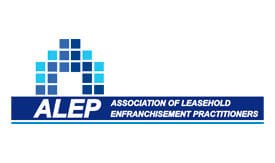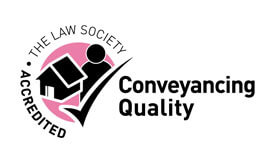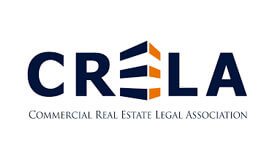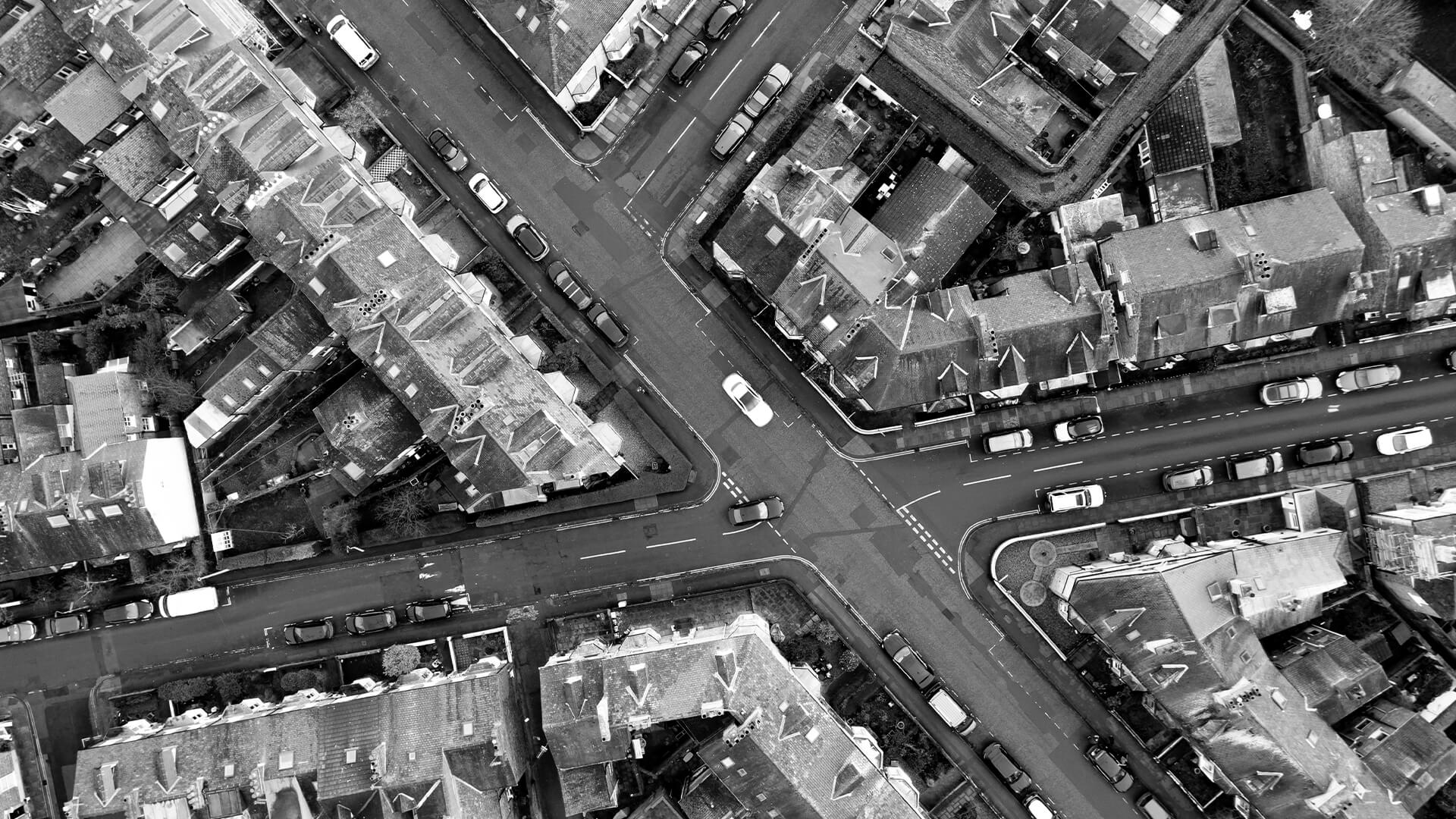Statutory blight, also known as blight notice, is where the potential acquisition of land by the acquiring authority to construct a development scheme has culminated in a fall in property value or rendering it unsaleable. A blight claim can be served onto the acquiring authority by homeowners which compels the acquiring authority to purchase their property.
When Is My Property ‘Blighted’?
Proposed development schemes often take an age from making a planning permission application to acquiring and serving a Compulsory Purchase Order on homeowners. During this period, you may be bound from not being able to sell your property on the open market if you are looking to move property or the threat of a Compulsory Purchase Order will result in a negative impact on your property value and thus deterring prospective buyers. These are the common problems of where a property has become what is known as ‘blighted’. This is where Statutory Blight comes into play to aid homeowners who are stuck in this peculiar situation.
What Is The Purpose Of Statutory Blight?
The main principle of statutory blight, also known as a blight notice, is to bring anticipated acquisition of land by the public authority to a time which suits the preference of the homeowner, rather than merely waiting for a Compulsory Purchase Order from the acquiring authority.
Simply, a blight notice forces the acquiring authority to buy your home. A blight notice compels the acquiring authority to purchase properties on Compulsory Purchase Order terms.
A blight notice helps remove uncertainty for homeowners as the imminent Compulsory Purchase Order looming over their property creates an unmarketable condition when trying to sell your property, except for at a significantly reduced price.
Do I Have A Claim For A Blight Notice?
A claim for blight can only be made by homeowners if their property is blighted, meaning it is on land that is required by local authorities to construct work on.
However, to successfully have a blight claim, homeowners need to prove they have unsuccessfully marketed their property for sale at a realistic ‘unblighted’ price, except for selling the property at a substantially lower price than the actual value of the property.
There are certain criteria to meet in order to be eligible for a blight claim:
- The freeholder or leaseholder must be living at the property with at least three years remaining on their lease – owners of empty properties are not eligible
- You must prove you have tried to sell your property on the open market at a reasonable unblighted price using a reputable estate agent but could not do so unless sold at a substantially reduced price – typically, around 6 months on the housing market is reasonable
- If you are unable to receive genuine offers close to the un-blighted property value
- If a compulsory purchase order has been confirmed by the Government then there is no requirement to prove your effort in trying to sell the property
- Your land is in an area mapped by the acquiring authority as land that is required for the development scheme – properties in the surrounding area of the public works scheme do not qualify for a blight claim.
However, if the acquiring authority can show that they have no intentions on acquiring the property in the near future, due to the development scheme being put on hold or cancelled, then they have a case to object to the blight notice.
How Can I Find Out If My Home Or Land Is Blighted?
If you think your property is blighted, the first point of call would be to contact your local council.
Usually, on the website of your local council, there will be a list of proposed development schemes in your local area.
What Is The Process Of A Blight Claim?
The first step of the blight process is to serve a ‘blight notice’ on the public authority.
A bight notice must be served in writing stating the interest in the land (for example, freehold or leasehold), and the statutory ground for serving a blight notice to the acquiring authority. There is a standard blight notice form you must fill in, which you can obtain from the council or from the public authority.
Once the acquiring authority has received the blight notice, they have two months to respond.
There are a number of routes that you may take depending on how and if the acquiring authority responds to your blight notice:
- The acquiring authority accepts your blight notice
- The acquiring authority objects to the blight notice
- The acquiring authority does not reply to your blight notice within two months
The Acquiring Authority Accepts Your Blight Notice
If the acquiring authority accepts your blight notice, then a Notice to Treat is deemed to have been served. The acquiring authority will then have three years to purchase the property under Compulsory Purchase Order terms.
The Acquiring Authority Objects To The Blight Notice
The acquiring authority can object to the blight notice and serve a counter notice on one or more of the following grounds:
- No part of the land is in a relevant category of blight;
- The acquiring authority does not propose to acquire any of the land;
- The acquiring authority only proposes to acquire part;
- On the date of the notice, the claimant is ineligible;
- The interest of the claimant does not qualify.
If the acquiring authority objects to your blight notice and you do not agree to the grounds mentioned in the counter notice, then you have the option of referring the matter to the Upper Tribunal (Lands Chamber) within two months of receiving the counter notice.
The Acquiring Authority Does Not Reply To Your Blight Notice Within Two Months
If the acquiring authority does not reply to your blight notice within two months then the blight notice will be automatically accepted, and the acquiring authority has no option but to purchase your property.
Can I Claim For Compensation?
Homeowners can usually claim for compensation if your property or land has been ‘blighted’. You have a right to claim for compensation following a blight notice under the principle of equivalence. The principle of equivalence holds that you should not be worse off or better off after the blight notice than you were before.
Once the blight notice has been agreed with the acquiring authority, you have three years to submit a blight claim, which allows you to make a claim for compensation, and to agree the amount of compensation with the acquiring authority.
Compensation from a blight notice can be categorised under:
- The value of the land taken
- Severance and injurious affection – Compensation for the depreciation in the value of your land you retain where only part of your land holding is required
- Disturbance – the costs and losses incurred as a result of being disturbed from the occupation of the property
- Professional Fees – compensation for reasonable surveyor and solicitor fees
If you do not agree on compensation with the acquiring authority, then you can refer the matter onto the Upper Tribunal (Lands Chamber) to decide on the reasonable amount of compensation you should receive.
It is important to note that after three years, if you have still not agreed compensation terms, then unfortunately the blight notice will elapse, and you would need to restart the whole blight notice procedure again. Unless, you decide to wait for the Compulsory Purchase Order to take effect.
When considering compensation values there are various elements to consider. It is advisable to seek legal advice before agreeing to any compensation offer, or any offer in relation to the blight notice for that matter, so that you are fully aware of your rights and legal position.
What Happens After Compensation Has Been Agreed?
Once compensation has been agreed, the next stage is the acquisition approval stage followed by the conveyancing process.
The acquisition approval stage is where the acquiring authority produces a Valuation Report detailing the agreed market value and compensation, and to clarify or verify any aspects of the blight claim.
Once the Valuation Report is confirmed, the next stage is the conveyancing process, which is the legal process of selling your property to the acquiring authority, and generally take around three months.
Following completion of your property sale, your blight claim would now have been settled ‘in full and final settlement’.













